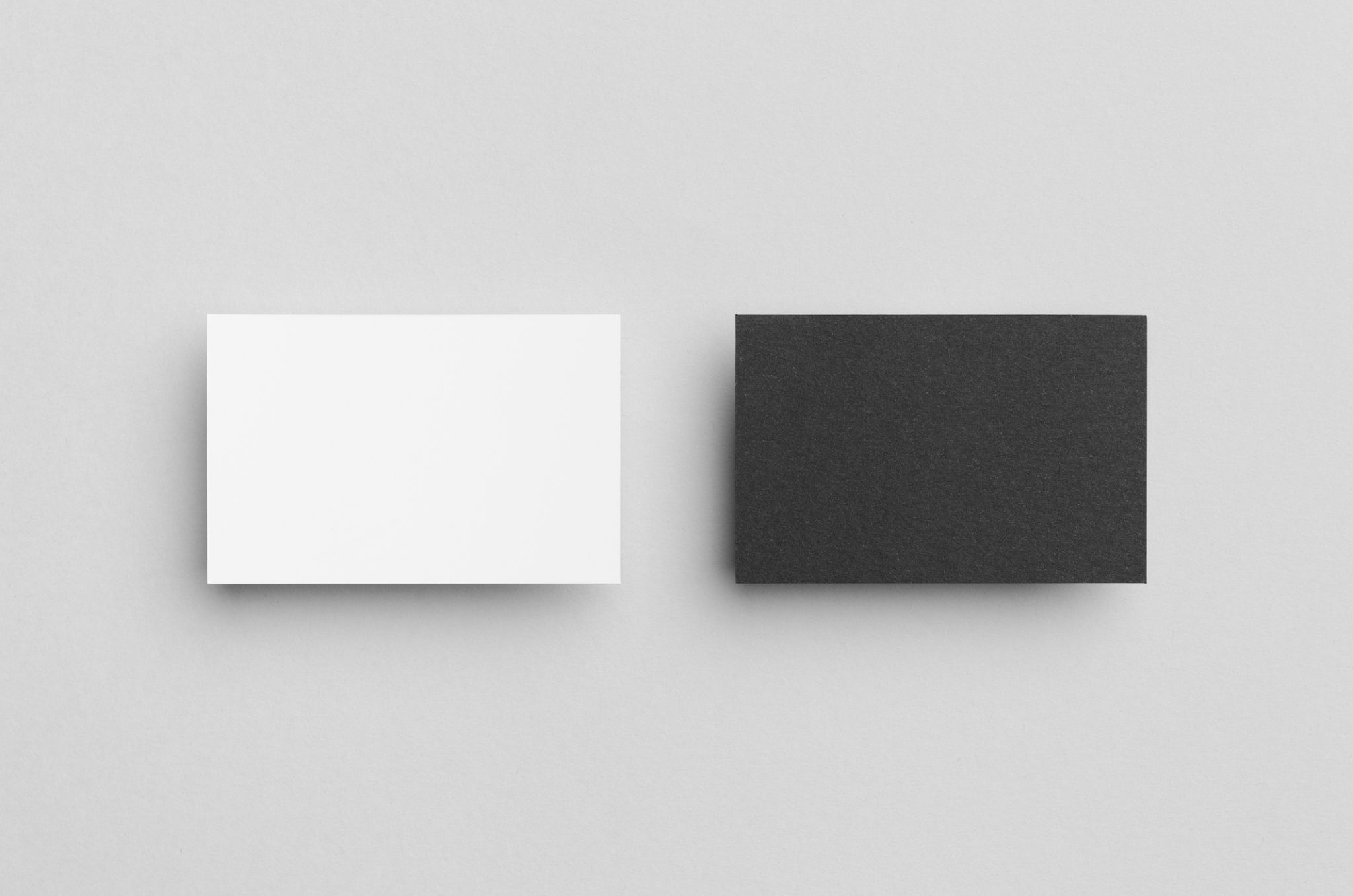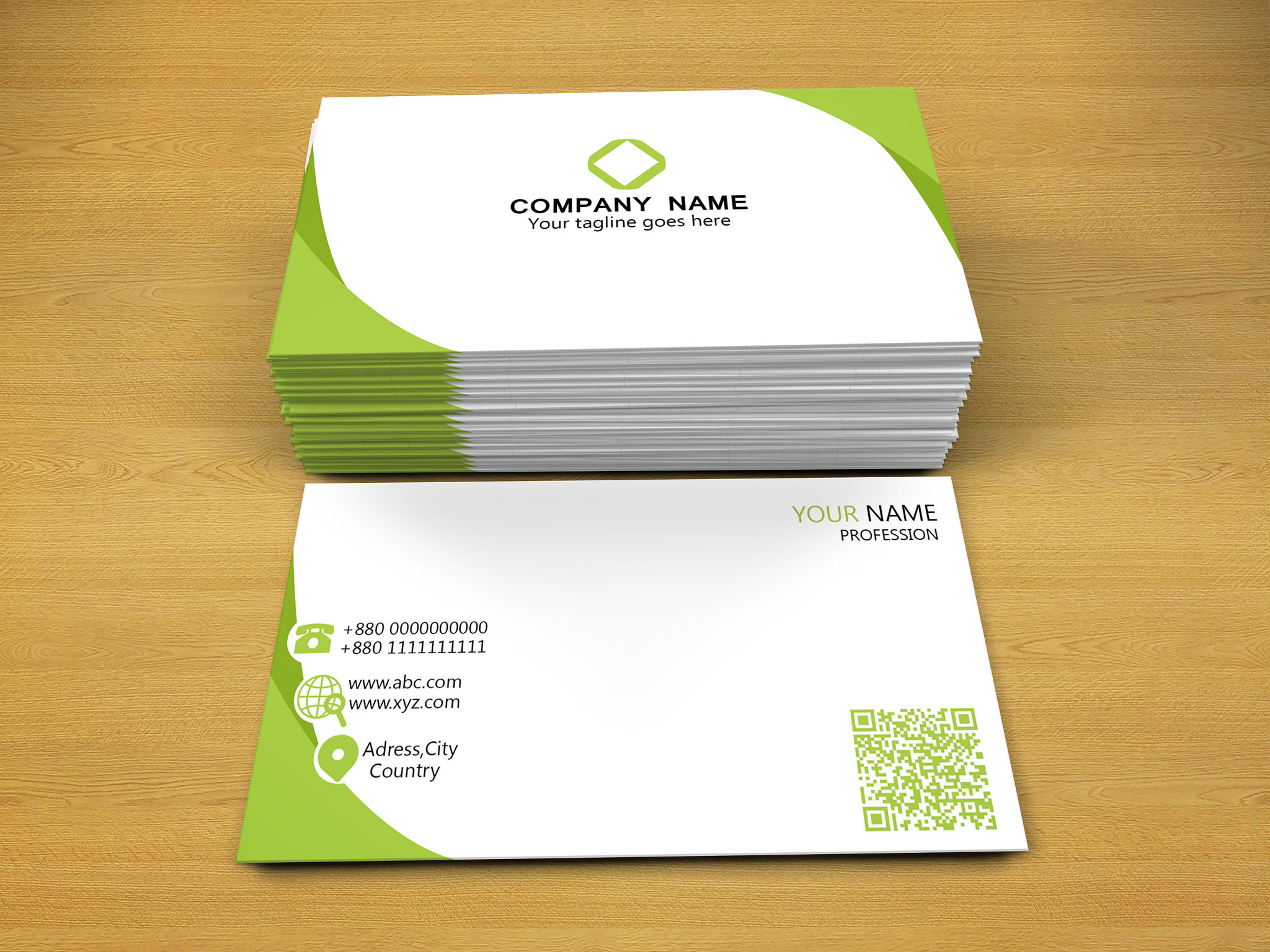Step-by-Step: Designing the Perfect Business Card
Introduction to Designing the Perfect Business Card
In today's competitive business environment, a well-designed business card is more than just a way to give someone your contact details. It's a tangible representation of your brand and can make a lasting impression. A thoughtfully crafted business card can convey professionalism and creativity, helping you stand out in a crowded market.
Understanding the Basics
Before diving into the design process, it's essential to understand the fundamental elements that make up a business card. These include your name, job title, company name, address, phone number, email address, and website. Decide which details are most critical for your audience and ensure they are clearly visible. Remember, simplicity is often key in making your card memorable.

Choosing the Right Dimensions
Standard business card dimensions vary from country to country. In the United States and Canada, the typical size is 3.5 x 2 inches, while in Europe, it's 85 x 55 mm. It's crucial to choose a size that fits within industry standards to ensure compatibility with cardholders and wallets. Once you select the size, you can start designing within those constraints.
Designing for Impact
The design of your business card should reflect your brand's identity. Start by choosing a color scheme that aligns with your logo and other branding materials. Use fonts that are readable yet distinctive. Avoid overloading the card with too much information or overly complex designs that can be distracting.

Selecting the Right Material
The type of paper or material you choose can significantly impact the perception of your business card. Options range from standard cardstock to more luxurious materials like linen or even metal. Consider your brand's image and budget when making this decision. A high-quality material can make your business card feel premium and professional.
Incorporating Unique Elements
To make your business card truly stand out, consider adding unique elements like embossing, foil stamping, or custom shapes. These features can add a tactile element that engages the recipient's senses and makes your card unforgettable. However, use these elements sparingly to maintain a professional appearance.

Finalizing Your Design
Before sending your design to print, review every detail carefully. Check for typos and ensure all contact information is accurate. Consider printing a small batch first to see how the colors and layout appear in physical form. This step can prevent costly mistakes before ordering a larger quantity.
Conclusion
Designing the perfect business card is a balance between creativity and practicality. By following these steps, you can create a business card that not only conveys essential information but also leaves a lasting impression on anyone who receives it. Remember, your business card is often the first impression potential clients or partners will have of your brand—make it count!
